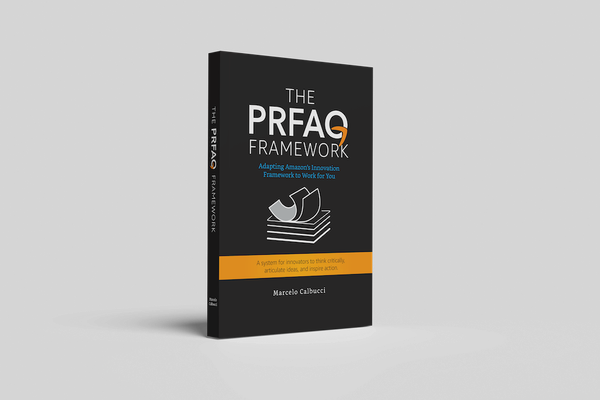The Art of Splitting User Stories


User stories are a key element of Agile project management, as they help to define and prioritize the requirements of a project. User stories are brief, concise statements that describe a particular feature or functionality from the perspective of the end user. However, creating user stories can sometimes be a challenge, especially when the requirements are complex or unclear. In these cases, splitting user stories can be a useful technique for breaking down complex requirements into smaller, manageable chunks.
Splitting user stories is the process of breaking down a large or complex user story into smaller, more manageable stories. The goal of splitting user stories is to make the requirements easier to understand, prioritize, and estimate. This also helps to ensure that each story is testable and can be delivered in a relatively short time frame, typically within a single sprint.
The process of splitting user stories involves several steps, including defining the acceptance criteria, identifying the key functions and features, and defining the different user roles. This allows the project team to understand the scope and priorities of each story, and to identify any dependencies or interdependencies between stories. It is also important to involve stakeholders and end users in the process of splitting user stories, as they can provide valuable insights and feedback on the requirements.
When splitting user stories, it is important to keep in mind the INVEST criteria, which stands for Independent, Negotiable, Valuable, Estimable, Small, and Testable. Each story should be independent, meaning that it should not depend on any other stories for completion. It should also be negotiable, meaning that the requirements may change as the project progresses. The story should also be valuable, providing a clear benefit to the end user, and estimable, meaning that it can be accurately estimated in terms of time and resources. Finally, the story should be small and testable, allowing the team to deliver and validate the story within a single sprint.





